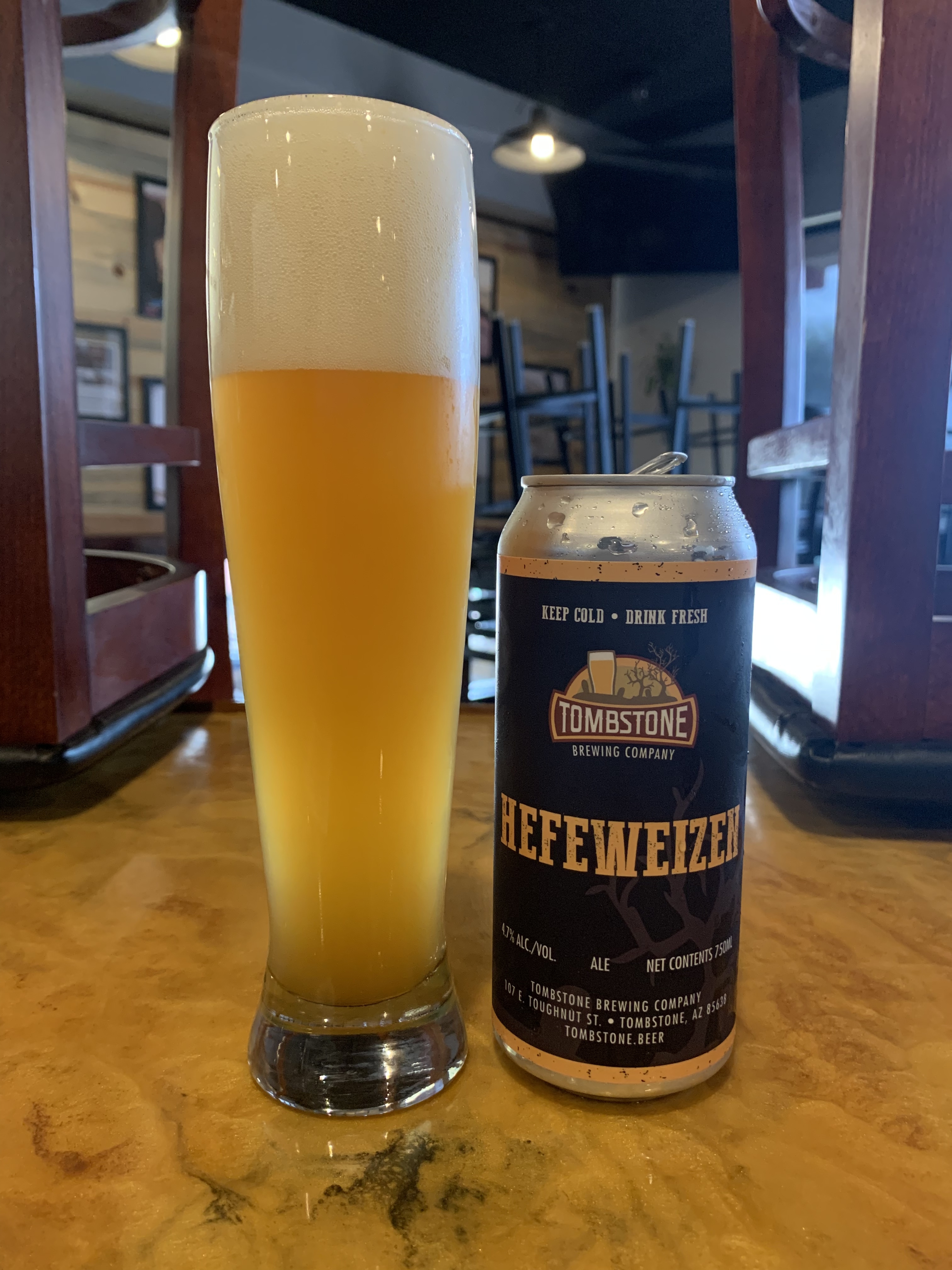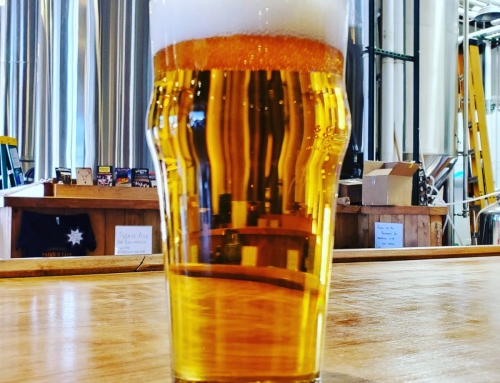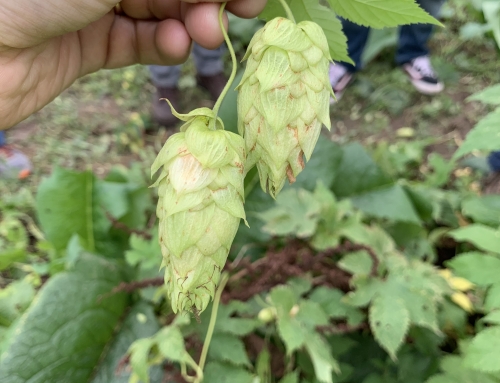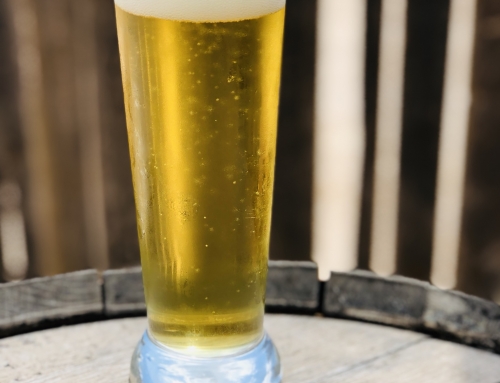While we may love brewing one off hazy IPA’s, nothing makes the brewers in Tombstone happier than to get to sneak in some classic styles from time to time. Surprisingly, hefeweizens are probably our most frequently requested style from guests in our taprooms, but in our nearly 5 years of operations, we’ve put off brewing one time and time again. Hefeweizen was actually the first beer that I ever brewed as a homebrewer in college and throughout the years I’ve made a few more attempts, but I haven’t brewed one since 2015 due to equipment limitations. The main reason we haven’t brewed one in Tombstone until now was simply that I have strong opinions about the brewing techniques used for a proper hefe and our set up in Tombstone doesn’t allow for us to use them. When we opened Tombstone North, one of the things I was most excited about was finally having the ability to brew a hefeweizen properly with a full stepped mash.
After studying brewing in Munich, it’s been hard to find hefeweizens that really capture the full experience of drinking in the Schneider Brauhaus or the fresh hefeweizens we got to participate in brewing at Doemens Academy. As much as I love Weihenstephaner Hefe, it’s so hard to find it fresh in the USA that I basically gave up on drinking imported versions and while good American brewed versions do exist, they’re few and far between. The majority of breweries in the USA use single infusion brewing techniques, meaning that the malts and hot water are mixed together and held at one temperature for about an hour. In a proper Hefeweizen though, a stepped mash is utilized. In order to get the signature clove like phenol, a long mash with multiple rests at different temperatures is necessary.
For this hefeweizen we started with a pretty typical malt base of about 60% Wheat with the remainder being Pils and just a touch of CaraFoam. Utilizing our jacketed mash tun, we followed the same mash rest schedule that we used at Doemens. Mashing in at 95 degrees F allowed us to convert a good amount of ferulic acid which could then be used by the yeast to convert into 4VG, the compound that tastes like cloves. After a short acid rest, we started raising the temperature of the mash to 132F in where we held it for a short period of time in order to break down some of the protein in the wheat. From there we raised the temperature to 145F to allow the beta-amylase to create short chains of sugar for a highly fermentable wort before another rest at 161F to allow the alpha-amylase to work at finishing the conversion of the remaining starch into longer chains of sugar that give the beer a little bit of body. This mash schedule is great for getting the necessary precursors for the 4VG and to create a wort that is very easily fermentable for a healthy fermentation.
When brewing a hefeweizen it’s a real balancing act to create complex flavors with just a few very basic ingredients and to make the beer highly drinkable at the same time. With just about 10 IBU’s, there’s very little hop bitterness or flavor and with just Wheat and Pils malt, so much relies on the fermentation of the beer. The mash chemistry is the first step in creating the proper wort for the yeast and from there, it gets a bit tricky. Part of the reason it’s so important to get the wort composition perfectly dialed in is that to get the balance of clove phenols and fruity esters, the yeast has to be a bit stressed out. Pitching less yeast than is traditionally taught and aerating less help create that stress on the yeast. This hefeweizen had yeast pitched at a fairly low temperature and was able to free rise into the upper 60’s. The result is a beer that feels dry but has body, is highly carbonated but velvety soft, and has a notable clove phenol flavor that is balanced with a hint of red apple, plum, and a small amount of banana esters. This is not the banana bomb that many people have come to expect, but rather a well balanced hefeweizen with flavors that won’t overwhelm in any one direction.
After canning this hefeweizen today, we’ll be refilling the tanks with another classic style that we haven’t brewed before: Irish Dry Stout. Unlike the hefeweizen, the reason we haven’t brewed one has nothing to do with our ability to do so, but rather stouts in the modern beer world seem to be expected to be big, bold barrel aged beers, or heavily adjuncted, or super thicccc. With Irish Dry Stouts it’s not about being crazy, it’s all about balancing the roasty flavors in a session beer. I’ve always felt like there’s really only one recipe for a dry stout (70/20/10 Pale Malt/Flaked Barley/Roasted Barley, 35 IBU, fermented cool with an estery Irish Ale yeast) and that the differences come down to the use of quality ingredients and house techniques. As always, we’ll be using the highest quality floor malted Maris Otter for our base malt and unmalted roasted barley. I’m stoked to brew our version this week and to get it ready to serve on cask in a few weeks… No nitrogen needed if you’ve got the proper serving technique to begin with!





This is the kind of beer that I love going home to. I love the ratio of the foam, it makes my mouth water just looking at it.